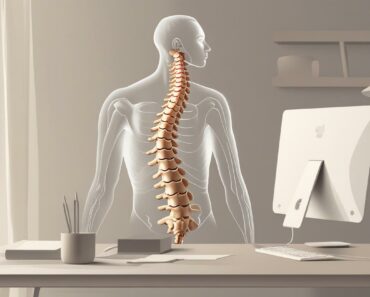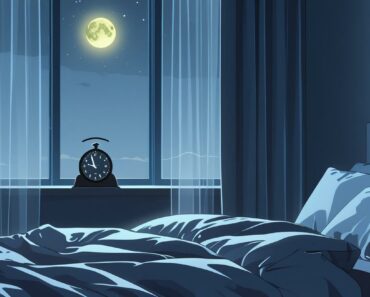What Is Trichotillomania?
Trichotillomania is classified as a mental health disorder under the category of obsessive-compulsive and related disorders. Individuals with this condition repeatedly pull out their hair from the scalp, eyebrows, eyelashes, or other areas of the body, resulting in noticeable hair loss. The behavior is often driven by tension or anxiety, followed by a sense of relief or gratification after pulling out the hair.
Causes and Risk Factors
The exact cause of trichotillomania is not fully understood, but several factors may contribute to its development:
- Genetic Factors: A family history of trichotillomania or other mental health disorders may increase the risk.
- Psychological Factors: Stress, anxiety, and other emotional issues can trigger hair-pulling behaviors.
- Neurobiological Factors: Imbalances in brain chemicals and dysfunctions in certain brain regions may play a role.
Symptoms of Trichotillomania
Common symptoms include:
- Repeatedly pulling out hair from various parts of the body.
- Attempts to stop the behavior that are unsuccessful.
- Feelings of tension before pulling hair or when attempting to resist the urge.
- Sense of relief or pleasure after pulling out hair.
- Noticeable hair loss or bald patches.
Diagnosis
Diagnosing trichotillomania involves a comprehensive evaluation by a mental health professional. This may include:
- Clinical interviews to discuss symptoms and behavior patterns.
- Psychological assessments to identify underlying emotional issues.
- Physical examination to assess the extent of hair loss and rule out other medical conditions.
Treatment Options
Effective treatment for trichotillomania often involves a combination of therapies:
- Cognitive Behavioral Therapy (CBT): A structured therapy that helps individuals identify and change negative thought patterns and behaviors associated with hair-pulling.
- Habit-Reversal Training (HRT): A component of CBT that teaches alternative behaviors to replace hair-pulling.
- Medications: In some cases, medications such as selective serotonin reuptake inhibitors (SSRIs) may be prescribed to manage symptoms.
- Support Groups: Joining support groups can provide a sense of community and shared experiences, aiding in recovery.
Prognosis and Outlook
With appropriate treatment, individuals with trichotillomania can manage their symptoms and lead fulfilling lives. Early intervention and consistent therapy are key factors in improving outcomes. Ongoing support and coping strategies can help prevent relapse and promote long-term success.
Trichotillomania is a complex mental health disorder that requires understanding, compassion, and appropriate treatment. By recognizing the signs and seeking help early, individuals can effectively manage the condition and improve their quality of life. If you or someone you know is struggling with trichotillomania, consult a healthcare professional to explore treatment options and support resources.





